Unless you woke up today from a coma, or you have nothing to do with gaming, you have probably seen the Play to earn phrase or Blockchain Games while scrolling down to your feed. The next-generation concept in gaming, which hands power back to the players.
The gaming market is massive. Only for 2020, it’s expected to reach $160 billion in revenues increasing by +7.3% year on year with cloud gaming to be on the rise, the PlayStation 5 in the making, and Blockchain as the trojan horse.
Thousands of words, lines of code, and extensive imagination come to people’s minds when they hear about Non-Fungible Tokens (NFTs.) A form of digital goods on the Blockchain that can be used in games, applications, and pretty much everywhere else, as long as it’s digital.
Virtual economies tho arent something new. Games like World of Warcraft, Lineage 2, EverQuest, and even Second Life mastered game economies or, at least, tried. Players simulate real-world procedures like harvest raw material, refine them, and offer them to the market. Entropia Universe uses real cash money, and Valve was so severe that it hired Greece’s ex-Finance Minister Yannis Varoufakis to oversee economies and advise games. One day, an EVE Online player forgot to pay the “base protection bill,” which led to the biggest in-game war with 4,000 players, and months of hard-work efforts vanished. This war had a cost of over $300,000 as premium battle-ships, and other expensive items destroyed within 14 hours. Let’s not forget about EverQuest, its economy reached the 77th highest GNP place per capita, somewhere between Russia and Bulgaria at the time.
However, while all these games have been successful with millions of players, most of them lack in value. Players spend endless hours of gaming, and besides being entertained, at the end of the day, they are left with nothing but red eyes and happy memories. This is something that Blockchain in Gaming and the play to earn model aim to change, and until today, this combination seems to be working.
The question is: Do we need Blockchain in Gaming?
I believe the answer to this question is as simple as yes and no. Not all games are a good fit for Blockchain. Still, the ones that are, enjoy tremendous advantages, and like this article’s title suggests, Smart Gamers talk NFTs and Play to Earn.
In the early days of blockchain gaming, we had a plethora of unneeded dapps (decentralized applications) that wasn’t actually games, but gamified “cash-grab” experiences on the Blockchain. Those dapps showcased how transactions take place, how to use two NFTs to produce one more (breeding cats, animals, etc.), and nothing more.
Today, a series of real games are under development, with many of them having a big player base and positive sentiments.
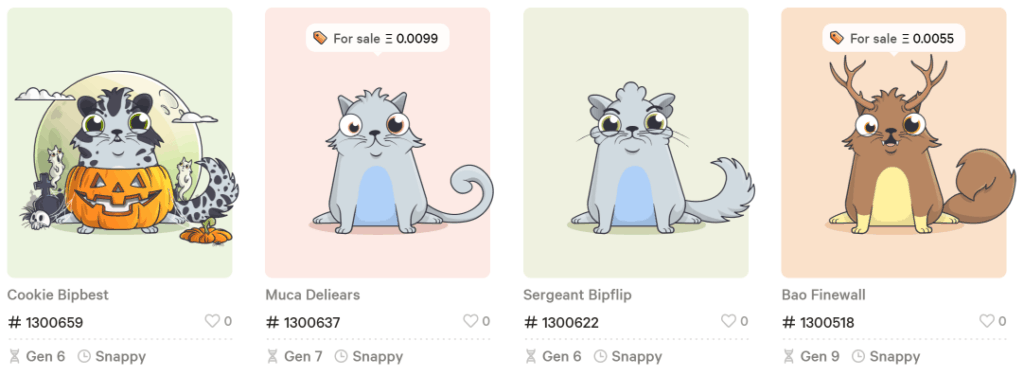
How Blockchain is changing the landscape in gaming.
Now more than ever, we are convinced that gaming is the tipping point for mainstream Blockchain adoption. The play to earn model is becoming the real deal, and while onboarding players have issues, it shows no signs of slowing down. Imagine playing a game, in which you can make some money through earning a specific cryptocurrency as well as items you pick up or win. Forget about black markets and shady accounts selling, Blockchain secures and verifies all transactions. With the help of smart contracts, player’s deception becomes a dark tale of the past.
Before we dive deeper into the benefits of Blockchain Gaming, let’s look at what type of Blockchain games are available.
Here at egamers.io, we distinguish Blockchain games into two categories:
Dapps: Dapps are fully decentralized applications (games) that exist on the Blockchain. Even if the development stops, the game will still exist, and players could, theoretically, play and trade items. While all the above is true, history shows us that along with developers, the player’s interest also goes away. Dapp games are different from your typical game in many ways, including gameplay. Players follow “decentralization rules” like one movement at a time, waiting for the transaction to confirm (each move is a transaction), and so on. Thankfully, the use of side chains has made dapp Gaming much more practical and enjoyable. An example of fully decentralized games is XAYA blockchain and its title, Taurion.
XAYA was also the first company to illustrate how a decentralized game could work with the Huntercoin game back in 2014.

Hybrid Games: The term Hybrid games describe all the games that are hosted in centralized servers, but the economy is on the Blockchain. If your favorite game goes Blockchain, it will most probably become a hybrid game. This concept allows game developers to be more flexible and create games precisely the way they are used to. Blockchains such as Enjin enable developers to integrate a decentralized economy and take advantage of Non-Fungible tokens, empowering the players.
Virtual assets belong to the players, and not to the game.
True story. Your katana-katana dual sword in Lineage 2 needs two days of farming to craft. If this was a day job in Greece, someone could earn 50€ based on the basic wage, or even more in developed countries. For a gamer, it’s just having fun with a virtual item in return that belongs to the game. Remember that in most games, you are explicitly forbidden to sell your items for money, and players who conduct such actions are having their accounts terminated. A typical and greedy policy from short-sighted game studios, as usual.
This is probably the most crucial element of Blockchain Gaming. Owning your items, also known as “True Item Ownership.”
True Item Ownership is achieved by utilizing NFTs, regardless of the Blockchain a game is built on. Diving deeper to NFTs, they are classified based on token standards such as ERC-721 & ERC-1155 for Ethereum, TRC-20 for TRON, dNFTs for EOS, and so on. Each Blockchain that supports digital goods has its own token standard.
Players store their in-game items in cryptocurrency wallets just like regular crypto. For example, an Ethereum based NFT is stored and managed in the same way with ETH, or it’s tokens (ERC20.)
In contrast to fungible tokens (cryptocurrencies,) NFTs have a sole owner, and they are unique. Most of the time are digitally scarce, and some advanced token standards like ERC-1155 can be backed by other cryptocurrencies such as ENJ. This way, game developers can create a base value for each item that can be later retrieved through the melting process.

Connected games and items interoperability.
Blockchain gamers are well aware of the interoperability concept. Introduced by the Enjin Platform and many others afterward, everyone is rushing to create an ecosystem of connected games.
Enjin’s case is called “Gaming Multiverse” and contains some of the best crypto games out there. While most of them are under development, we have experienced using the same item in multiple games, which goes beyond imagination.
In a nutshell, a gun in Space Misfits can also be a sword in The Six Dragons and 9Lives Arena, while in Nestables can be leather backpack skin.
Notably, the games can share quests besides items, meaning that completing a quest in Alterverse could unlock a hidden level in Forgotten Artifacts and much more.
There are many more “Multiverses” out there, frequently called also as Metaverse. Item interoperability also exists in the MCH+ ecosystem and others.
Eventually, all games will become interoperable regardless of the platform.
Advanced security and a natural anti-theft system.
Blockchain is a secured immutable ledger which prevents duplication. Duplicate assets are common in many games. Players exploit a vulnerability and drive the price down by flooding the market.
The need for shady and dangerous markets is eliminated by using smart contracts for all transactions. Additionally, players are confident they are receiving an authentic and unique item, with proven scarcity and detailed transfer history since day zero.
Safer Payments and… not so cheap transaction fees.
When an industry is enormous, such as the gaming one, you will encounter a variety of situations. Payments will take time to process, fees might be extremely high, and so on. Of course, this is not always the case.
When it comes to Blockchain, I’ll quote the legendary phrase of Gattuso in his press conference after a match of OFI Crete.
Microtransactions take place all the time in gaming and its one of the most profitable revenue streams for countless mainstream games. Blockchain is the perfect way to send a small amount as there is no middle man to take a cut, resulting in 100% revenue for the game. Moreover, you are not required to use your credit card, which is a huge bonus and a protective measurement.
But what happens with the fees?
Most games are on Ethereum, and it’s no secret that microtransactions on Ethereum cost a lot. The GAS fee players are required to pay is sometimes high. While this is scheduled to change with the arrival of Ethereum 2.0, some blockchains have insignificant transaction fees like Matic or TRON (if staked), and others zero entirely, such as EOS.
Developers receive the money instantly with no fees.
The big boys charge around 30%. That includes Steam, Google Play, and Appstore. For mainstream titles with millions of players, it’s just ok. The rest 70% goes to them, but what happens with indie developers who need money to develop an excellent gaming experience and every penny counts?
Blockchain enables game studios to get paid instantly and effortlessly. Reinvest the money back to the game, and pay for development costs and marketing.
Some Steam alternatives such as Nexium, CameCredits, and Robot Cache allow studios to re-sell their games with far better terms, but they all lack behind in userbase.
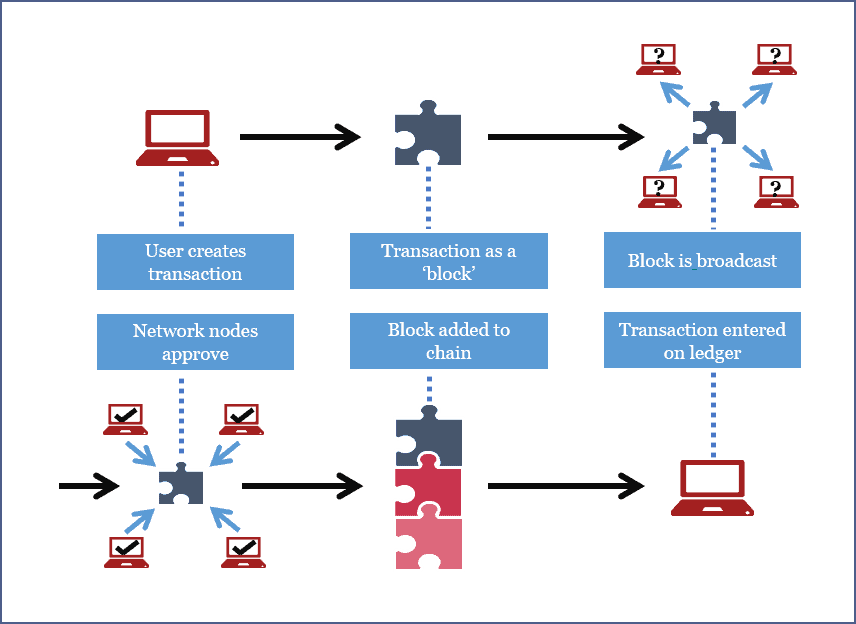
The adoption problem.
To play a blockchain game, you need a wallet, most of the time, you are required to download Metamask or any other Web3 extension, which is highly confusing for the ordinary players.
A non-blockchainer will probably lose the private key, therefore, access to the account for life. This significant issue is holding the industry back, but luckily, people are working on it. Arkane Network offers nine different blockchain wallets under a single account with the typical username/password standard, and WAX is doing the same with its cloud Wallet.
Legendary items for only ten players.
As an MMORPG player for the majority of my gaming career, i know exactly what it takes to get the best items for your hero. Endless hours of farming, some lucky drops, and constant hero evolvement.
The above procedure takes weeks and sometimes months. Having top-gear is something that everyone wants. Some will get it in a few weeks, while others in a couple of months, but in the end, most will pass through the citadel gate with a shiny sword and a dragon-kissed armor.
Legendary and Epic gear takes time to get it, and they are infinite. But what if they weren’t?
Through the use of Non-Fungible Tokens (NFTs), games can create a sword for level 100 players with only 10 in existence. The scarcity is proven on the Blockchain, no one can question this, and even the game can’t create more. (Under circumstances)
When there are only 10 swords in the world, the price can quickly reach higher levels since the demand is increasing, and the game can profit from secondary market sales.
View an example below, The Six Dragons MFT (Multiverse Founders Token) which offers perpetual rewards to the holders have a total supply of 743. The game can’t create others, making it more valuable as the time goes by and the game becomes sucesfull.
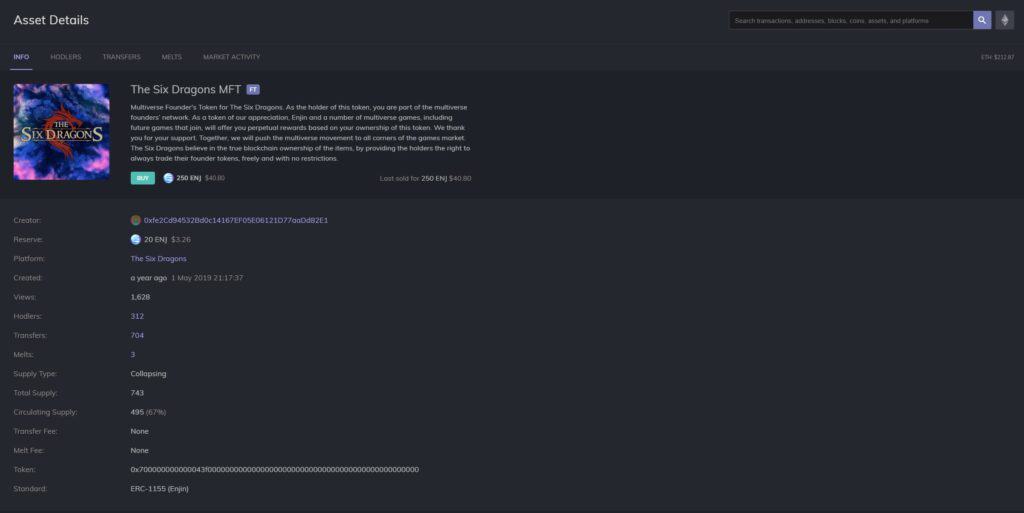
The Play to Earn model
Play to earn is a relevantly new concept in gaming. It describes the process of obtaining in-game items and cryptocurrencies through gaming. Play to Earn distinguishes itself from the typical Pay to Win model, which requires players to pay to receive an item that will offer a significant advantage over others.
Don’t get confused tho, Play to Earn doesn’t mean you don’t have to pay. Most games require an initial payment for either buying the game or acquiring a few champions to start playing. But in the process, you will earn some in-game items that could be later sold in the marketplace.
A great example of Play to Earn game is the 9Lives Arena. The particular game offers only skins in the marketplace, making it genuinely skill-based.

Is Blockchain the trojan horse of gaming?
Yes, it is! It’s the perfect match, Blockchain is not a good fit in all sectors. Still, when it comes to gaming, it eliminates a variety of issues players and developers face every day. We are still in the third year of the Blockchain gaming industry, and it’s growing exponentially, soon more titles will come out, and many of them are AAA.
Don’t forget to check out our Blockchain Games List, and if you are new into blockchain gaming, read our starter’s guide and become a pro in 15 minutes.

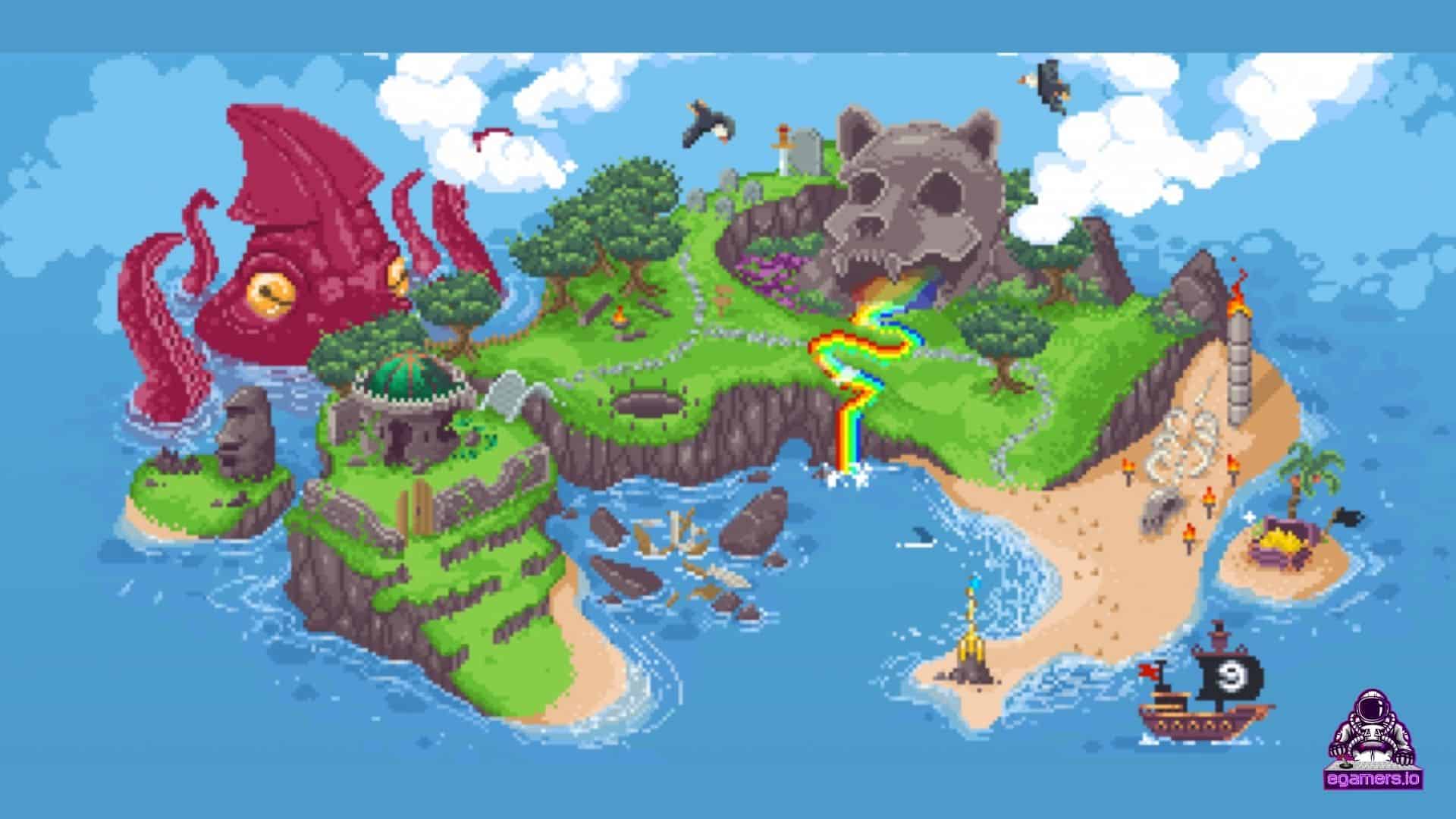
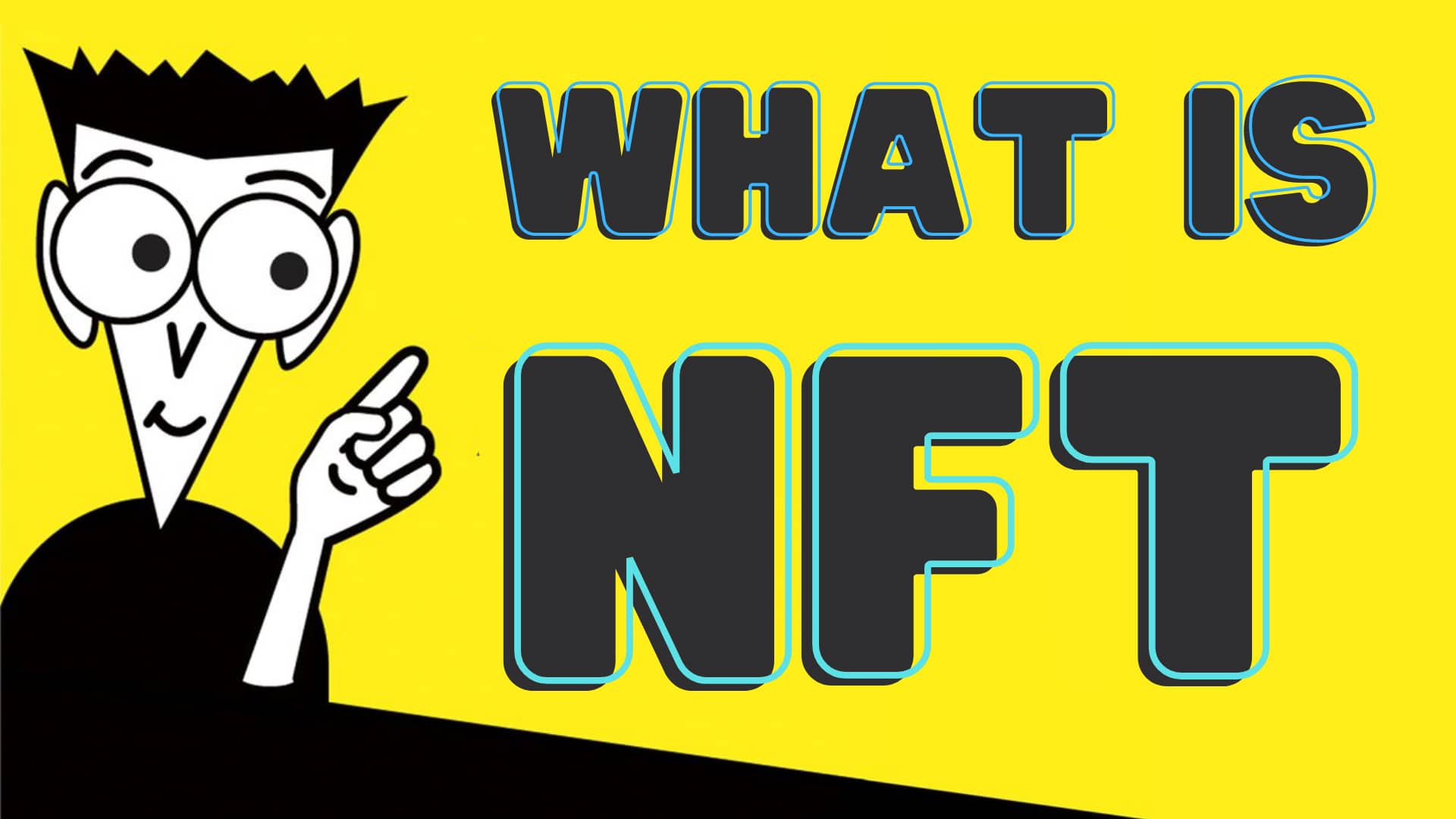
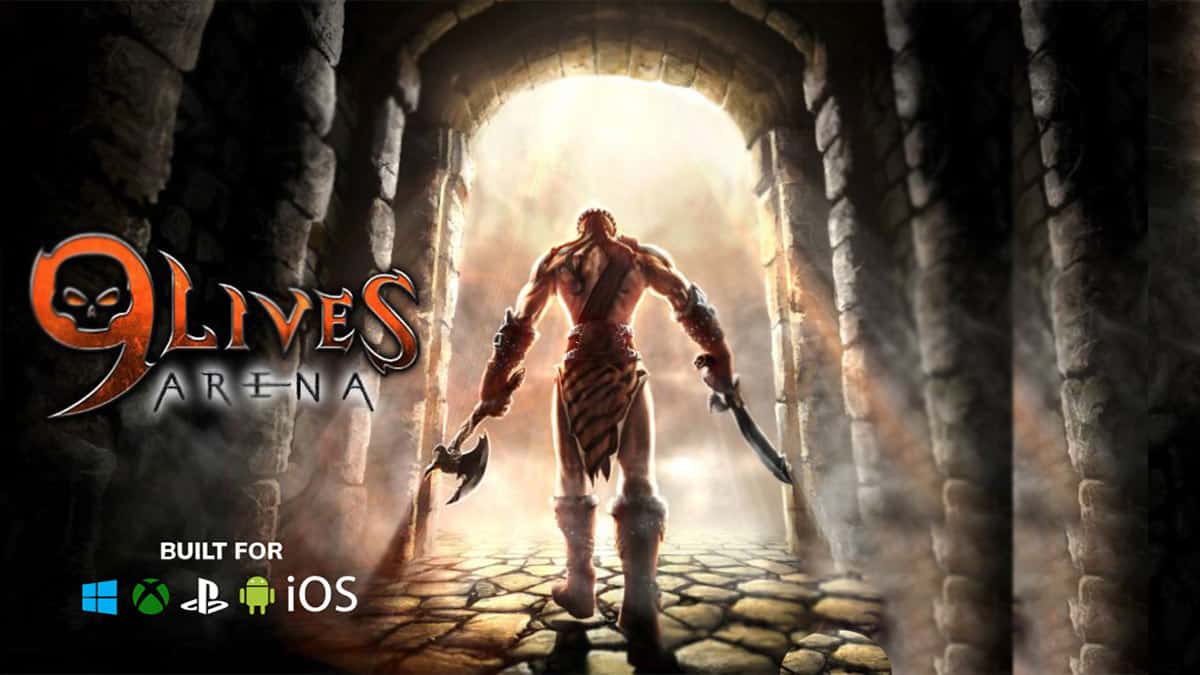


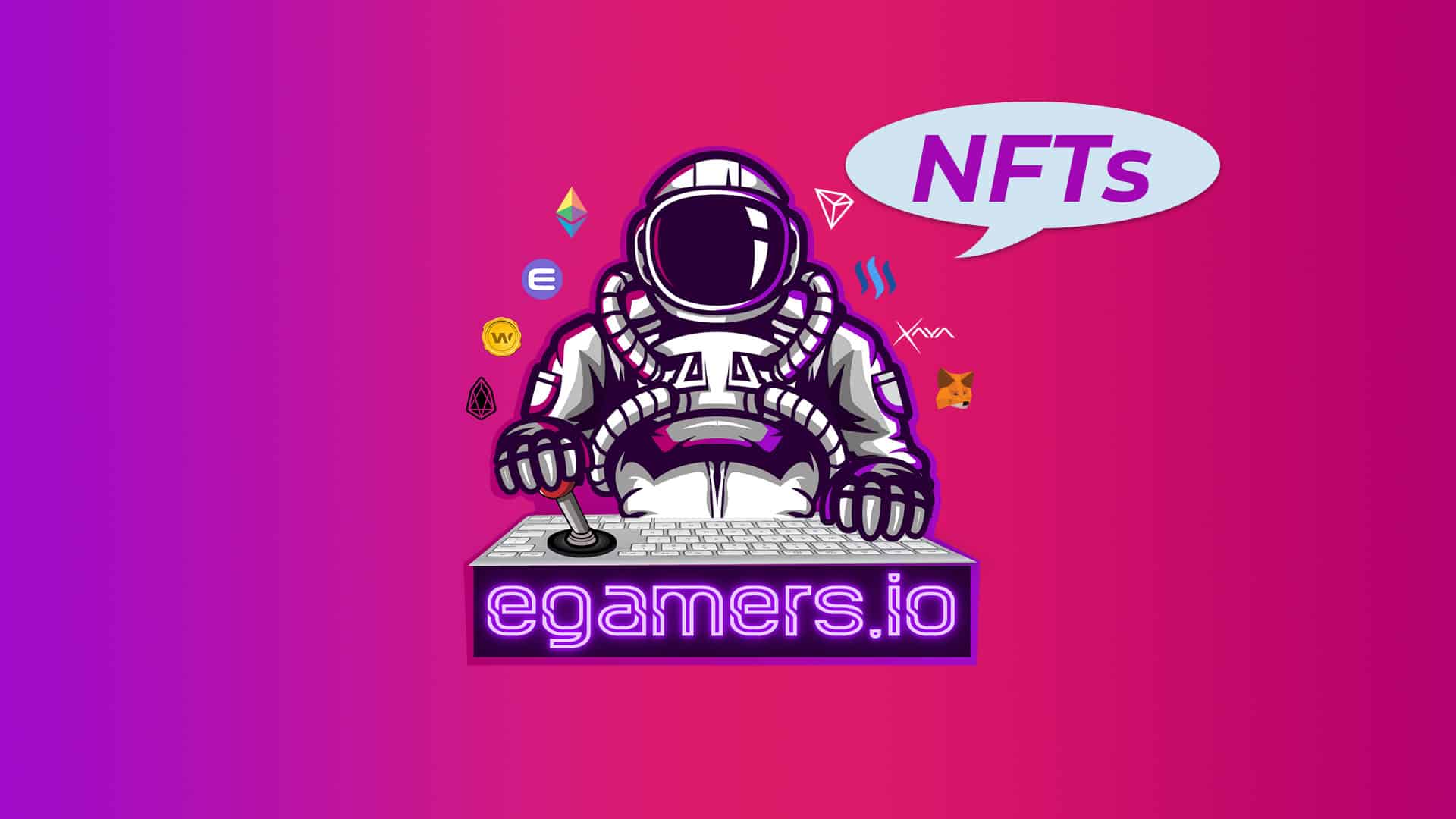

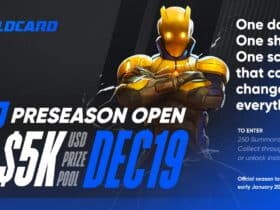

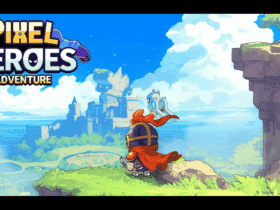
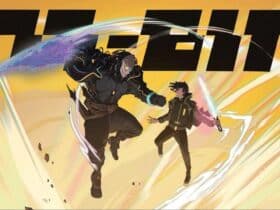
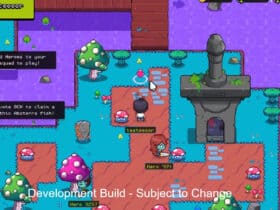
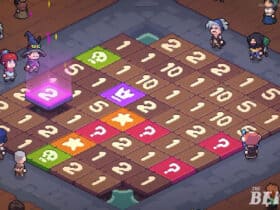


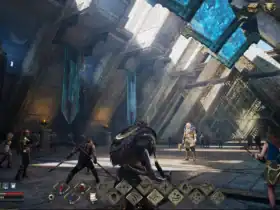

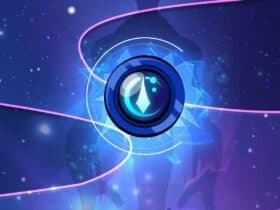

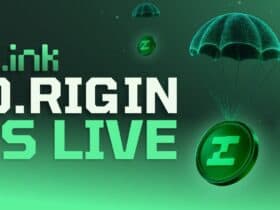
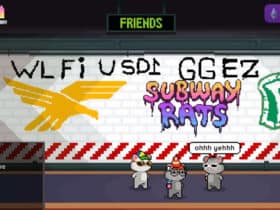

STAY ALWAYS UP TO DATE